When thinking about sewing machines, many people may picture them being used to create soft and delicate fabrics like silk and cotton. However, in recent years, there has been a growing trend of using sewing machines to create beautiful and intricate leather pieces. This raises the question, can sewing machines truly sew leather?
The short answer is yes, sewing machines can sew leather. However, it’s not as simple as just using any sewing machine you have at home. Sewing leather requires specific techniques and equipment to ensure a successful and professional-looking outcome.
First and foremost, it’s important to note that not all sewing machines are created equal. While some machines may be able to handle lightweight leather, thicker and more durable leather will require a heavy-duty sewing machine. These machines are specifically designed with stronger motors and needles to pierce through leather without breaking.
In addition to using the right machine, leather also requires specific needles. The standard needles used for sewing fabrics will not be able to penetrate leather, and may end up breaking or causing damage to the material. Instead, it’s important to use either a leather needle or a “sharp” needle, which has a smaller point to easily pierce through the leather.
Another important factor to consider when sewing leather is the type of thread used. It’s recommended to use a heavy-duty thread, such as nylon or polyester, as they are stronger and less likely to break when sewing through leather. The thread should also match the color of the leather to create a seamless and professional-looking finish.
Once you have the right equipment, the next step is to prep the leather before sewing. Leather can be stiff and difficult to manage, so it’s important to soften it before sewing. This can be done by moistening the leather slightly, either with a damp cloth or a spray bottle. This will make the leather more pliable and easier to work with.
When it comes to actually sewing the leather, there are a few tips to keep in mind. Firstly, it’s important to use a longer stitch length, as too many holes in the leather can weaken and damage it. A stitch length of 3-4mm is recommended for leather. Secondly, it’s best to avoid backstitching at the beginning and end of your stitching, as this can create bulky and messy-looking seams. Instead, leave long thread tails and tie them off manually for a neater finish.
It’s also helpful to use a walking foot or even feed foot when sewing leather. This type of foot helps to evenly feed the top and bottom layer of fabric through the machine, reducing the chances of uneven stitching or fabric shifting.
In addition to these techniques, it’s important to always test your stitching on a scrap piece of leather before starting on your actual project. This will allow you to adjust your machine settings and perfect your technique before working on the final piece.
In conclusion, sewing leather with a sewing machine is possible as long as you have the right machine, needles, thread, and techniques. While it may require some extra care and attention, with the proper tools and knowledge, you can create beautiful and durable leather pieces at home. So, don’t be afraid to experiment and unleash your creativity with sewing machines and leather!
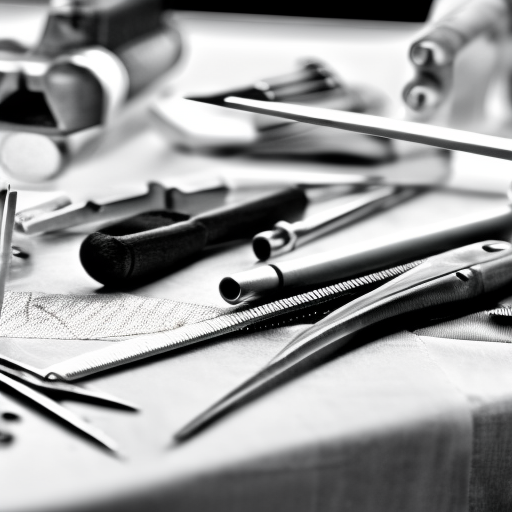
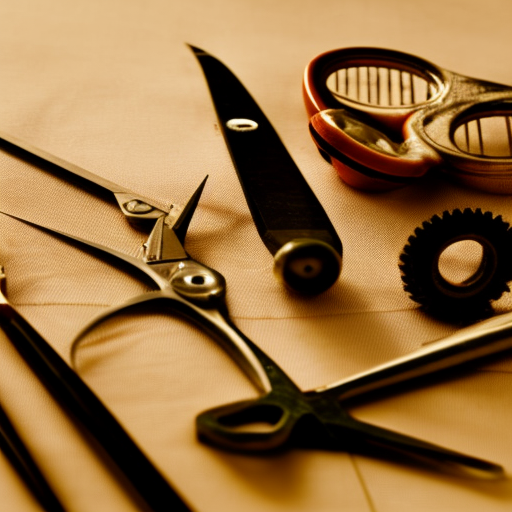
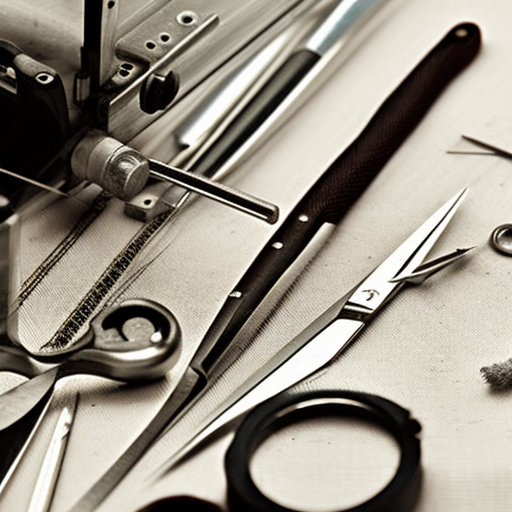
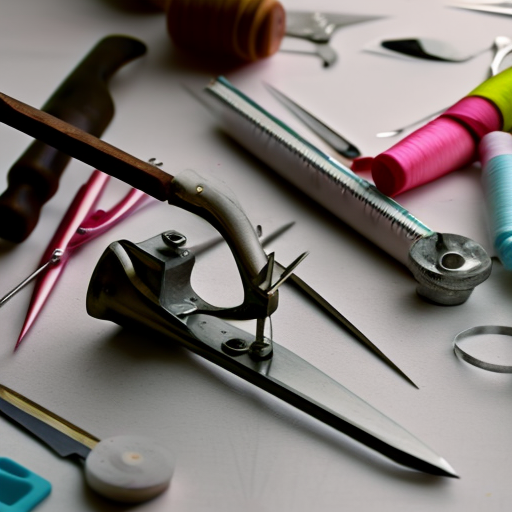
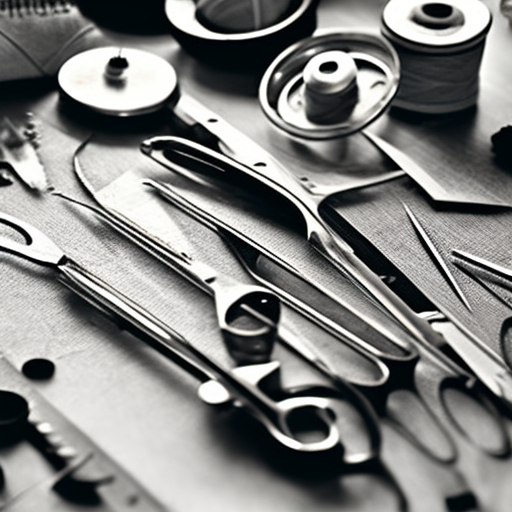
Yes, they can. Just make sure you use the right type of needle.
Miguel Lopez: Yes. Need to use the right kind of leather needle.
James Robinson: Absolutely! Using a leather needle, a proper leather-suitable needle plate, and a slow but steady stitch speed, you’ll be able to sew leather with success!
Yep! Not all sewing machines can take on heavier fabrics or materials, so having a machine designed for leather sewing is important.